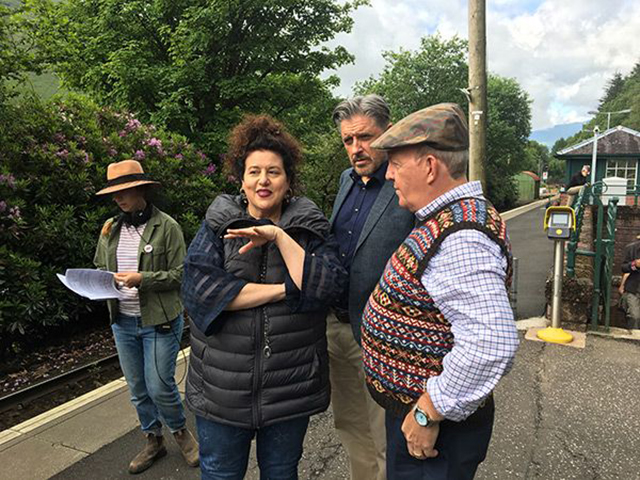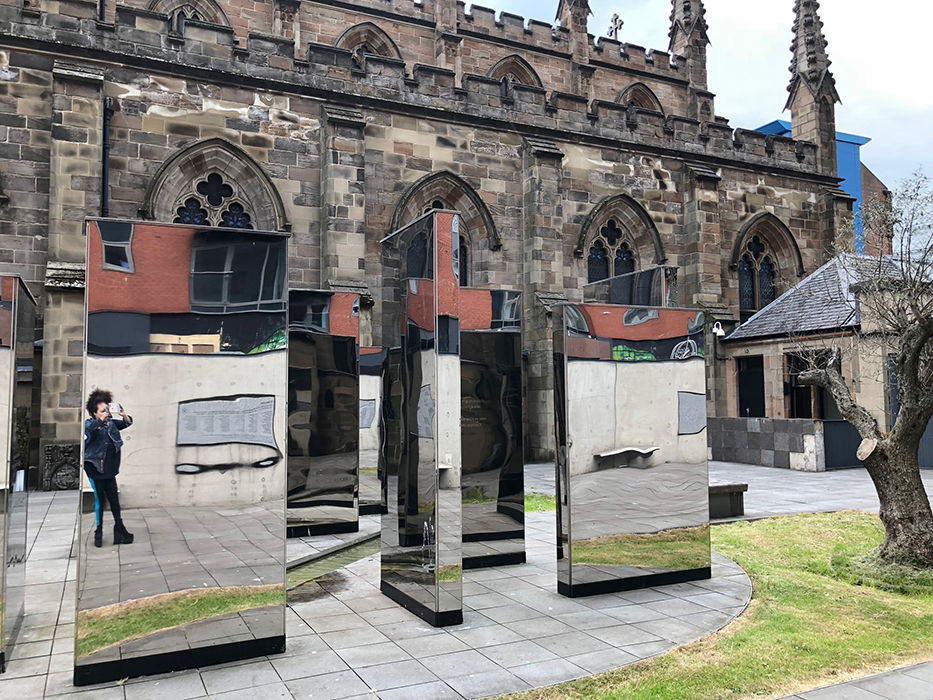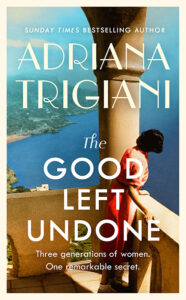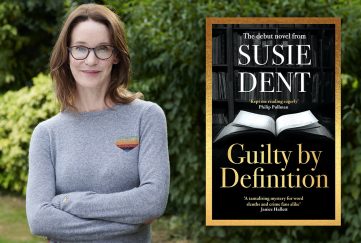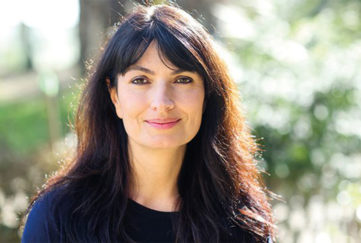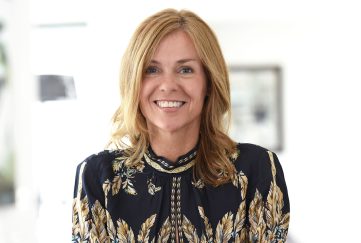We Talk To Author Adriana Trigiani
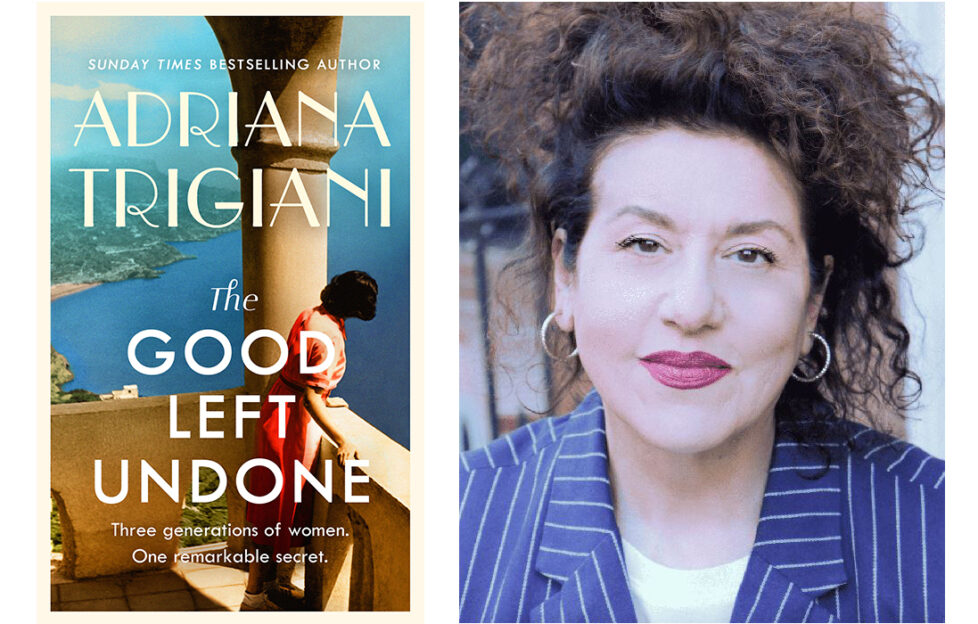
Adriana Trigiani reveals how a visit to a Scottish cathedral was the catalyst for her latest novel, The Good Left Undone, an epic story that takes its readers on a journey through several generations, from past to present day…
Tell us a bit about your latest novel, The Good Left Undone. What can readers expect from this latest novel?
I had a notion to expand the landscape of my work in this next cycle of novels, to dramatize the deeper roots and context that compels a family to emigrate, and to examine the meaning of home. It isn’t an accident that The Good Left Undone is also personal, a result of working in Scotland, where this story was born. I stood where the Scot Italians were rounded up in 1940 when Mussolini declared war on the Allies. I went to Italy to understand why it happened. The story is framed through the characters in a present-day Italian family whose reach extends (for starters) to France, England, Scotland, Ireland, and the faraway dream of America.
The characters herein came alive in a fever that has, over these many months, become the most passionate storytelling of my career. Matelda Roffo, Anina Tizzi, John McVicars, Domenica Cabrelli, Silvio Birtolini, the nuns of Saint Joseph of the Apparition, the sailors of the Arandora Star, and the horror of a war that changed their lives forever have in fact, changed me. It began with a free Sunday afternoon as a tourist in Glasgow.
Tell us a bit about the visit to St Andrew’s Cathedral in Glasgow that inspired this story?
I was in Scotland directing a movie (Then Came You, 2020). Before the cast and crew arrived, I had a weekend to explore Glasgow. I found myself at Saint Andrew’s Cathedral where a wedding was taking place. I crashed it, and when it was over, I took photos. I was taught in our Italian tradition that it was good luck to see a bride on her wedding day. I have a phone full of happy, random brides I have snapped – including the beautiful bride getting married at Saint Andrew’s. When the nuptial mass ended, I was outside with the revelers. A man said from behind, “Who are you?” I turned, it was the priest. He asked me my name, and then he said, “You’re Italian. You need to see the garden.” So, I went inside the memorial garden and found the plinth dedicated to the Italian Scots who perished on the Arandora Star on July 2, 1940. I cancelled the rest of my plans that day, went back to the hotel, called my researcher and said, “There’s a story here.”
Part of the story involves looking back at the work of gem-cutters for the Vatican – what inspired this part of the novel?
Often the research process is academic, but then things come an author’s way that surprise, delight and stun. It was an accident when we were scheduled to tour the Vatican with one tour guide – he had to cancel, and one of historians who worked in the Vatican Museum subbed for him. It turned out he was an expert on the Vatican jewels. Accidents, or twists of fate become some of the most important elements in the novel.
Another example: my friend Kristin Dornig Krantz from California calls and says she was unable to come to New York City for a class – would I like to take her place? Christie’s, the venerable auction house has a show Maharajas & Mughul Magnificence (which in a matter of weeks would become the highest yielding auction of Indian art and Mughul objects in history – and the second highest selling lot of private jewellery in history). But first, the class. I had no idea Christies offered classes. Christie’s Education is a department in the complex that offers classes taught by the great historians. Lectures focus on the history of particular pieces. The historians discuss technique, cutting and design. We learned who commissioned particular pieces. We learned about the great jewellery houses and how they competed for gemstones. The business of adornment is as old as a diamond itself.
Vatican gem-cutters were guns for hire – they didn’t get rich, they didn’t make a fabulous living, they were working artists. They waited to get paid – they negotiated their own terms. Maybe they created for the love of the art, the legacy of the craftsmanship, the good name of the family and the rest, instead of personal profit. If their Creator inspired the monstrance made of gold and small rubies, or the carnelian and platinum top on the Pyx, that was enough compensation for the work.
The story takes the reader to Scotland in WWII – what did you enjoy most about your research visits to Scotland?
The Scots are magnificent people. They are strong, upright, decent and moral – very funny – and artful too. I had the privilege of directing a movie in Scotland, so I had the opportunity to celebrate the beauty of the terrain, its history and its people. I hope everyone who reads the book will visit Scotland and see the glory for themselves.
The Good Left Undone is an interesting title – can you tell our readers about the story behind it?
The title of the book comes from a cryptic from Saint Bernard of Clairvaux that reads,
“Let whoever longs to attain eternal life in heaven heed these warnings:
When considering the past, contemplate these things:
The evil done. The good left undone. The time wasted.”
Saint Bernard goes on to issue his warnings about the present and future – the warnings became the architecture of the novel, the framework for the storytelling. Saint Bernard’s warnings were hanging in the church attended by a boy Angelo Roncalli who eventually became Pope John XXXIII. The Roncalli family were friends with my grandmother’s family, the Spadas.
The story is epic, spanning three generations, multiple timelines and locations… how do you keep track of everything while writing? Do you have a big board on the wall with lots of post-its?!
I find that I can make all the plans in the world, outline, and meticulously arc the journeys of the characters, but once I’m in the world writing, I ignore all that and let the characters take me where they need to go. The planning however, the outline, the research, all of it is important and all is part of the process. Italian families name their children after the parents and grandparents and that was difficult to navigate. But I had time to polish and smooth the intersections of the timelines from present to past, and hopefully sidestepped any confusion.
You travel to lots of different places to research novels – what’s been one of your favourite and most inspiring places you’ve visited and why?
I choose Scotland because it reminded me of Big Stone Gap… of home. For me, the places that most move me are the places that ring the chimes of the past – that remind me of places and people I love, and yet, in the present inspire me with new ideas about the world we live in.
What books have you enjoyed reading recently and why?
Susan Cain’s Bittersweet is a non-fiction book about grief and longing. I found it helpful and profound. A book that is beautiful and useful is a keeper. This one is a keeper!
What are you working on now? Any hints as to what your next book might be about?
I am working on a new novel. It has some signature elements – craftsmanship, love, and family – but there’s a twist. The element of surprise is one of my favorites – and I love to keep my beloved readers on their toes!
The Good Left Undone by Adriana Trigiani is out now (Michael Joseph, HB, £14.99) and available from Amazon.
Domenica Cabrelli had two great loves of her life.
The first, her childhood sweetheart: a boy from the same small, sun-drenched Italian town of Viareggio. A romance born out of yearning and shared history; over before it really had a chance to begin.
Then, on an idyllic French coastline in the shadow of war, Domenica’s second great love affair, which would go on to define her – a mysterious captain, with a future on the front line.
Many decades later, only her daughter, Matelda, knows the true story of these two men’s lives, and the secret that connects them. And, as the end of her life nears, Matelda realises that some truths are too great to be lost.

